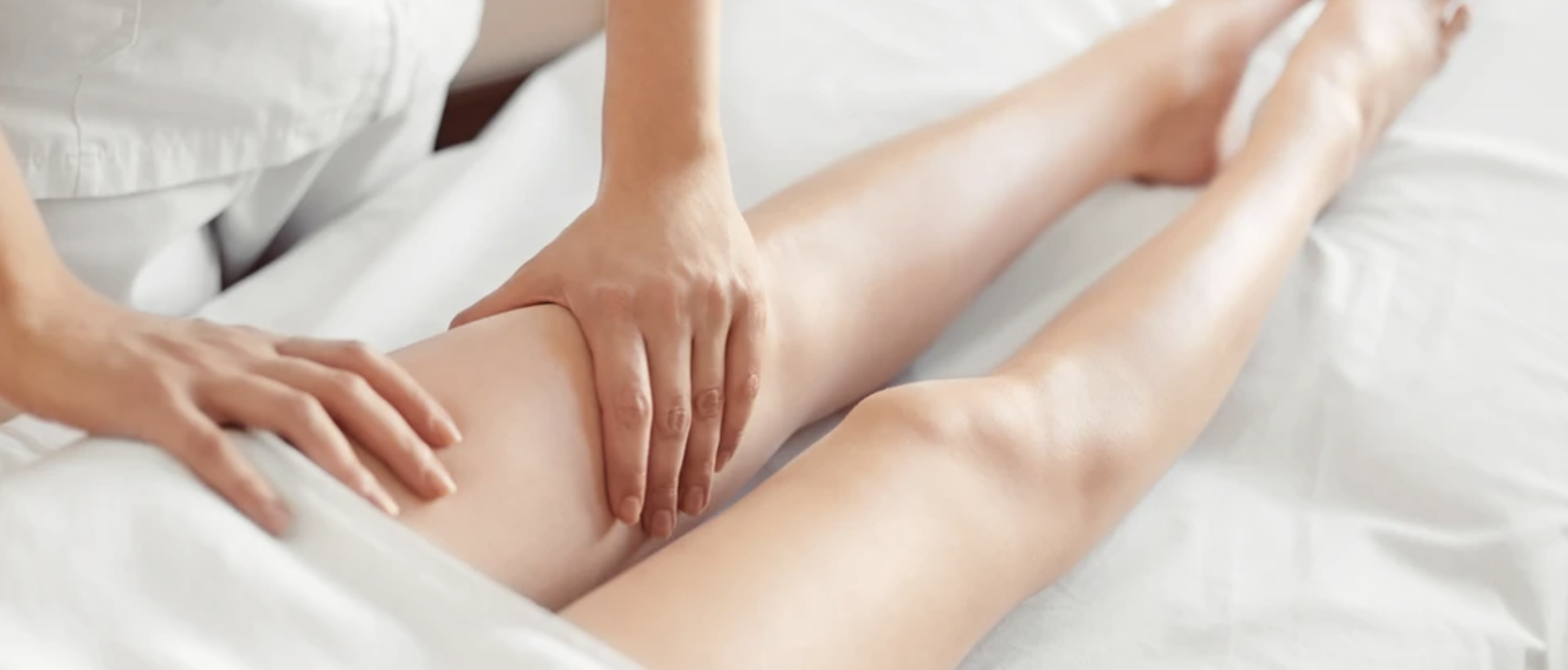Osteopathy
A comprehensive system of assessment and treatment that supports the body’s natural homeostatic mechanisms.
It is based on the principle that the well-being of an individual depends on all systems functioning smoothly together.
The human body is a complex self-organising system. After stress, a healthy body will try to reorganise itself back to its original layout. However, if there is altered neurology, biomechanical deviations, visceral imbalance or inappropriate environment, the body’s ability to recover may be compromised, creating a dysfunction.
A number of complex interacting factors —such as previous injuries, surgeries, muscle weakness, and illnesses—can create a chain of
dysfunctions. To maintain function, the brain-body system develops compensation strategies (e. g. a stronger muscle taking over the workload of a weaker one). While effective in the short term, these compensations often rely on less efficient motor patterns which, over time, overload other tissues and predispose a segment to injury.
Untreated compensatory patterns can accumulate over time, compounding strain on the body until it can no longer cope. Then, a small physical or emotional stress may trigger a symptom, whether near or distant to the original dysfunction area.
We are grounded in a deep respect for the body’s own ability to heal. Our role is to restore balance and optimise your healing process.
Core values:
Our Philosophy
Holistic Approach
Whole-person approach to healthcare. Considering the physical, emotional, and environmental aspects of a person's well-being in addition to their symptoms.
Education & Prevention
Empowering patients through education and prevention. Helping them to understand how to optimise their health, and prevent future health issues.
Patient-Centered Care
Prioritising the needs and preferences of the patient. Work collaboratively to develop an individualised treatment plan.
Non-Invasive Treatment
Emphasising the use of non-invasive hands-on techniques. We aim to avoid the use of drugs or surgery whenever possible, while respecting the value and need for those approaches when necessary.
Empathy and Compassion
Striving to create a caring and supportive environment, that fosters: trust, respect, and open communication.
A "hands-on" holistic approach
Treatments
Osteopathic treatments focus on the primary cause of the problem, and its contributing factors.
Therapeutic manual techniques—including manipulation, stretching, and massage—are used to improve mobility, relieve tension, enhance blood and nerve supply, and promote balance throughout the body’s tissues.
Personalised self-care recommendations may also be provided, including exercise prescription, diet or life-style guidance.
All with the goal of restore health, enhance performance, and prevent injuries or recurring symptoms.
Neck and back pain
Headaches
Joint or muscle aches, pains and stiffness
Jaw dysfunction
Sports injuries
Osteopathy can help with:
Concussions
Chronic and acute pain
Repetitive strain injuries
Sleep or energy issues
Nervous, circulatory, and lymphatic symptoms
Digestive, respiratory or menstrual problems
Prenatal and Postpartum care
Breastfeeding challenges
Pediatric care & developmental milestones
Injury prevention
